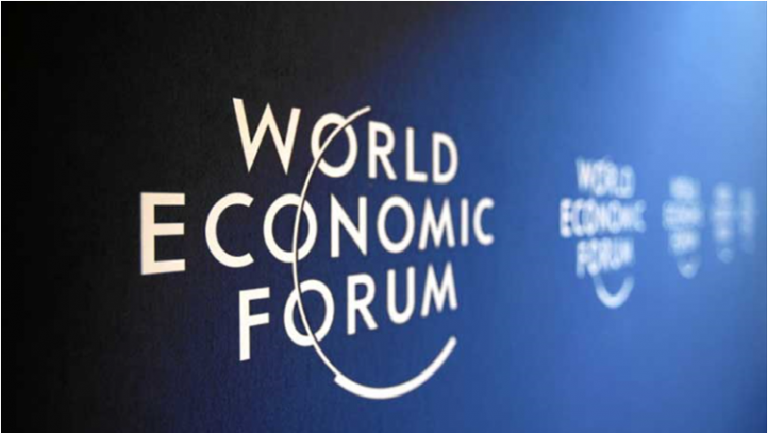
The World Economic Forum (WEF) recently published a report on the global regulatory landscape of cryptocurrencies and blockchain technology. The report, titled “Crypto, What Is It Good For? An Overview of Cryptocurrency Use Cases” aims to provide a comprehensive and balanced overview of the current and potential applications of crypto assets and their underlying technology.
The World Economic Forum (WEF) is a global organization that brings together leaders from various sectors to address the most pressing issues of our time. One of these issues is the regulation of crypto assets, such as cryptocurrencies and stablecoins, which have grown exponentially in popularity and value in recent years.
Crypto assets are digital representations of value that are based on cryptography and distributed ledger technology. They can be used for various purposes, such as payments, investments, fundraising, and decentralized applications. However, they also pose significant challenges for regulators, who need to balance the potential benefits of innovation and inclusion with the risks of fraud, money laundering, cyberattacks, and financial instability.
Register for Tekedia Mini-MBA edition 19 (Feb 9 – May 2, 2026): big discounts for early bird.
Tekedia AI in Business Masterclass opens registrations.
Join Tekedia Capital Syndicate and co-invest in great global startups.
Register for Tekedia AI Lab: From Technical Design to Deployment (next edition begins Jan 24 2026).
The report identifies four main categories of crypto use cases: store of value, medium of exchange, programmable money, and decentralized applications. It also analyzes the benefits and challenges of each category, as well as the regulatory implications and best practices. The report draws on insights from experts, policymakers, regulators, and industry representatives from around the world.
Presumably, WEF propose that governments should maintain a neutral or agnostic stance towards the use of crypto assets within their jurisdiction, either by default or by design. This approach aims to avoid premature or excessive intervention, and to allow the market to evolve organically. However, it also implies a lack of clarity or guidance for market participants and may result in missed opportunities or unintended consequences.
The report acknowledges that crypto assets and blockchain technology have the potential to transform various sectors of the economy and society, such as finance, trade, health care, identity, governance, and humanitarian aid. However, it also cautions that these innovations pose significant risks and challenges, such as volatility, scalability, security, privacy, consumer protection, illicit activities, environmental impact, and regulatory uncertainty.
The report calls for a collaborative and coordinated approach to crypto regulation that balances innovation and risk mitigation. It also recommends that regulators adopt a principles-based and risk-based framework that is flexible, adaptive, and proportional to the specific characteristics and use cases of crypto assets and blockchain technology.
The report suggests that regulators should engage with various stakeholders, such as industry players, civil society organizations, academia, and international organizations, to foster dialogue and knowledge sharing. The report also provides a framework for regulators to assess which pathway is most suitable for their jurisdiction, based on factors such as their policy objectives, legal system, market structure, institutional capacity, stakeholder engagement, international coordination, and risk appetite.
The report concludes that crypto assets and blockchain technology are not a panacea for all the problems of the world, but rather a tool that can be used for good or ill depending on how they are designed, deployed, and governed. It urges all actors involved in the crypto ecosystem to act responsibly and ethically, and to align their actions with the WEF’s vision of improving the state of the world.



